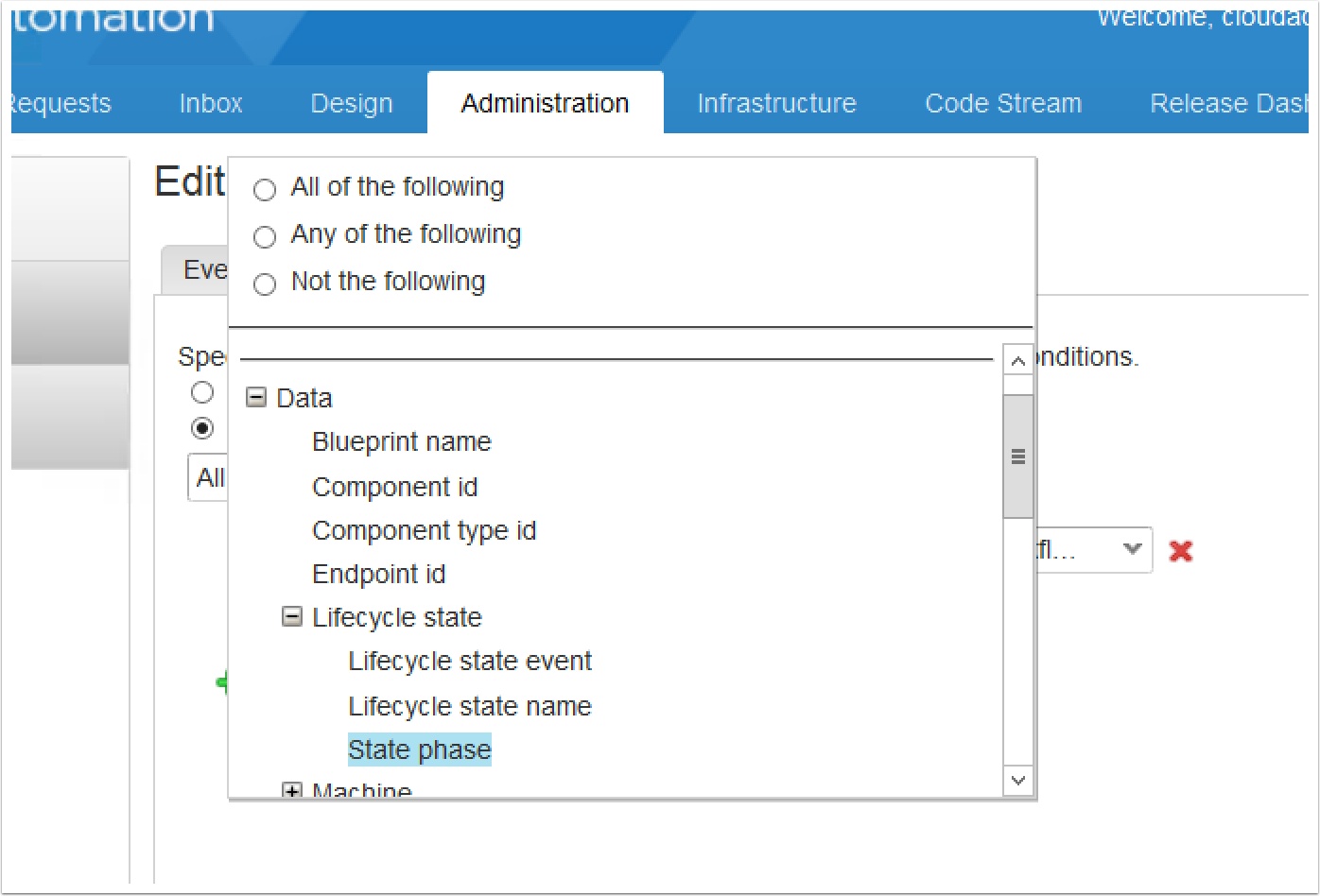

#TAG EDITOR AWS HOW TO#
I won’t cover this method here, but Terraform has created an example policy to show you how to enforce mandatory AWS tags. If you start using a new resource but forget to add validation rules, you might end up with lots of resources that don’t adhere to your tagging strategy.Īnother option for paid Terraform Cloud customers is Sentinel, which allows you to create custom policies for your resources. It can’t prevent users from accidentally changing your tags directly in the AWS console, and it’s only as good as the validation rules you write. Second, Terraform’s variable validation only happens during the terraform plan phase of your infrastructure’s lifecycle. You might create a module with a variable specified like this: The service tag is either cart or search.The contact tag is either j-mark or l-duke.You can then write a custom validation rule to check that the tags comply with your strategy. A more scalable pattern would be to break your EC2 instance template into its own module and use a tags variable. In the examples above, the tags list was hard-coded into the EC2 instance definition. Fortunately, you can enforce AWS tag names and values using variables and custom validation rules in Terraform.
#TAG EDITOR AWS CODE#
You can also review changes using the same code review process that your application code goes through to help you catch mistakes in the execution of your tagging strategy.Īs your infrastructure grows, a code review process likely won’t be enough to prevent improper AWS tagging. If you keep your Terraform configuration files in version control - which is probably a good idea - you will be able to see how tags have changed over time. When you apply this configuration, the AWS tags will be automatically updated in the AWS console: If you want to deploy an EC2 instance with AWS Tags using Terraform, your configuration might include something like this:Įnter fullscreen mode Exit fullscreen mode Tag a New AWS EC2 Instance with Terraform
#TAG EDITOR AWS UPDATE#
Using Terraform to Update Existing AWS Tags.Tag a New AWS EC2 Instance with Terraform.You'll learn the following in this Terraform AWS tags: In this section, I’ll show you some snippets from a demo Terraform project and module that is available on GitHub. If you’re new to Terraform, they have a well-documented Getting Started guide and several AWS template examples on GitHub. With Terraform, you can define your servers, databases, and networks in code and apply your changes programmatically to your AWS account. Terraform works across a variety of cloud hosting providers to help you provision and maintain your AWS resources.

The first infrastructure management tool I’ll cover is Terraform. By proactively enforcing your AWS tagging strategy, you’ll minimize your time spent auditing and correcting improper AWS tags and force developers to learn best AWS tagging best practices for your environment. You’ll see how to use each to create and update AWS cost allocation tags on your resources and then enforce the proper use of specific tags for new resources. In this guide, I’ll highlight two tools: Terraform and AWS CloudFormation. A better approach is to automatically apply AWS tags to your resources and use rules to enforce their consistent usage.ĭepending on the tool you use to maintain your infrastructure on AWS, your method of proactively enforcing AWS tags on new resources may vary. While you can apply AWS tags to your resources manually using the AWS CLI or AWS Tag Editor, you’ll probably find this cumbersome and error-prone at scale. Consistency is the key - if you don’t proactively enforce your AWS tagging strategy, you’ll always be playing catch up and chasing down team members to make sure they add the right tags to their resources. Once you have adopted an AWS tagging strategy, you’ll need to make sure that all your existing AWS resources and any new ones you create abide by it.


 0 kommentar(er)
0 kommentar(er)
